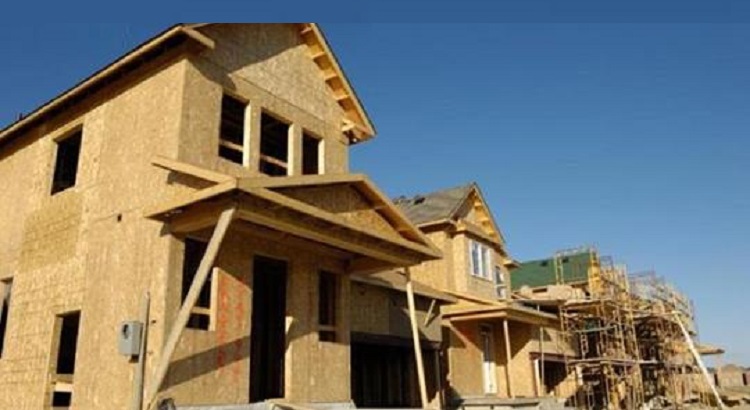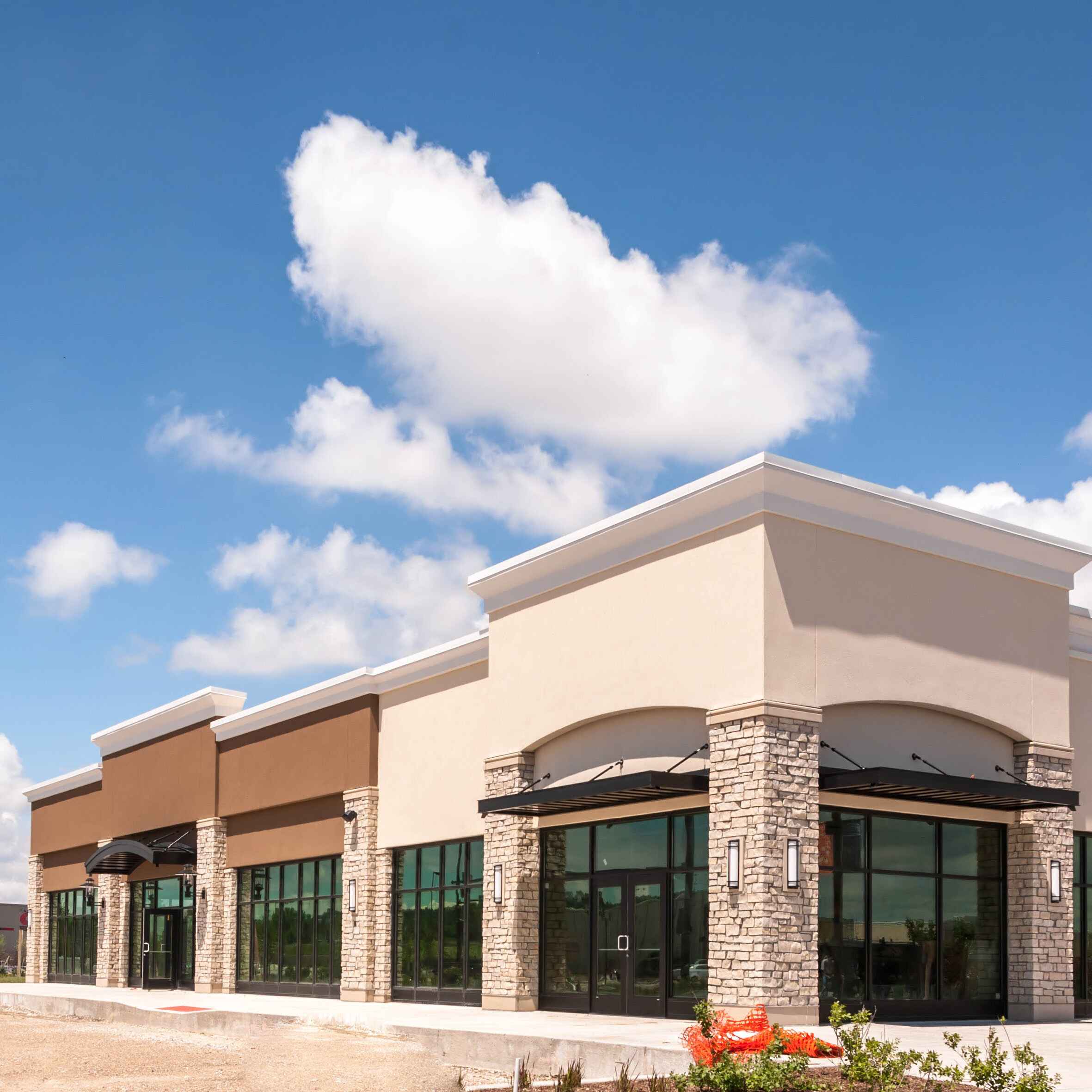
We are not in a housing bubble. The tool that helped me identify the last bubble—measuring new construction relative to population growth—helps me now say we are not overbuilding. (Private Money For Home Loans)
I recently ran into someone who recalled a presentation that I made to his company’s management team in 2006. He not only recalled that I spoke to the group, but he mentioned a chart that I showed which changed his view of the real estate market. At the time of my presentation, new residential had just turned down, but would have a lot further to go. (Private Money For Home Loans)
Here’s the chart that I showed the company’s leaders. That line marked “normal demand” is based on the simple hypothesis that we average 2.5 people per household, so for every 100 new residents we need 40 housing units (equals 100 divided by 2.5). At the peak in 2005, we were building about 80 housing units (apartment units plus single family homes) for every 100 new residents. That would be fine if we lived 1.25 people per household, but we don’t. If every 100 people were split between 60 singles and 20 couples—with no children or other family members present—then 80 units per 100 new residents would work.
This is a crude comparison. It lacks the precision needed to say that 41 housing units per 100 new residents is too much, or 39 is too few. This measure ignores mobile home shipments and demolitions of old housing, as well as changes in preferences for family size. But when new construction is way out of whack with underlying population growth by as much as it was in 2005, it’s easy to see that the housing industry needed to downsize. At the time I said that we could unwind the housing boom without a severe recession, but that there was a risk of things turning ugly. My forecast was clearly too restrained, but in the right direction.
Let’s update. I’ve stopped using the 40 housing units per 100 new residents, in favor of a benchmark based on historical data: 53 housing units per 100 new residents. That’s the actual cumulative housing starts since 1959 (when data collection began) relative to the change in population since then. It’s higher than the 40 housing units benchmark for a few reasons. We need to replace some old housing; it doesn’t last forever. Also, when people move from Iowa to Florida, they can’t take their homes with them. There are plenty of abandoned housing units in rural Iowa that do no good for people moving to the Sunshine State.




